Select an Orthopaedic Specialty and Learn More
Use our specialty filter and search function to find information about specific orthopaedic conditions, treatments, anatomy, and more, quickly and easily.
GET THE HURT! APP FOR FREE INJURY ADVICE IN MINUTES
Shoreline Orthopaedics and the HURT! app have partnered to give you virtual access to a network of orthopaedic specialists, ready to offer guidance for injuries and ongoing bone or joint problems, 24/7/365.
Browse Specialties
-
- Joint Disorders
- Muscle Disorders
- Shoulder
- Sports Medicine
Biceps Tendinitis
Inflammation of a tendon is called tendinitis. An inflammation or irritation of the upper biceps tendon is called long head of biceps tendinitis. Inflammation is the body’s natural response to injury, disease, overuse or degeneration, and it often causes swelling, pain or irritation.
More Info -
- Hip
- Joint Disorders
- Joint Replacement & Revision
Hip Resurfacing
During hip resurfacing, unlike total hip replacement, the femoral head (ball) is not removed. Instead, it is left in place, where it is trimmed and capped with a smooth metal covering. In both procedures, however, the damaged bone and cartilage within the acetabulum (socket) is removed and replaced with a metal shell.
More Info -
- Foot & Ankle
- Ligament Disorders
Plantar Fasciitis
Although the plantar fascia is designed to absorb the high stresses and strains placed on the feet, sometimes too much pressure can damage or tear these tissues. The body’s natural response to such an injury is inflammation, which results in heel pain and stiffness of plantar fasciitis.
More Info -
- Foot & Ankle
- Sports Medicine
Posterior Tibial Tendon Dysfunction
Posterior tibial tendon dysfunction is one of the most common problems of the foot and ankle. It occurs when the tendon becomes inflamed or torn, which impairs the tendon’s ability to provide stability and support for the arch of the foot, resulting in flatfoot.
More Info -
- Neck and Back (Spine)
Preventing Back Pain
Back pain can vary according to the individual and underlying cause. The pain may dull, achy, sharp, stabbing, or it may feel like a cramp, or “charley horse.” The intensity of pain may worsen with certain activities, such as bending, lifting, standing, walking or sitting.
More Info

